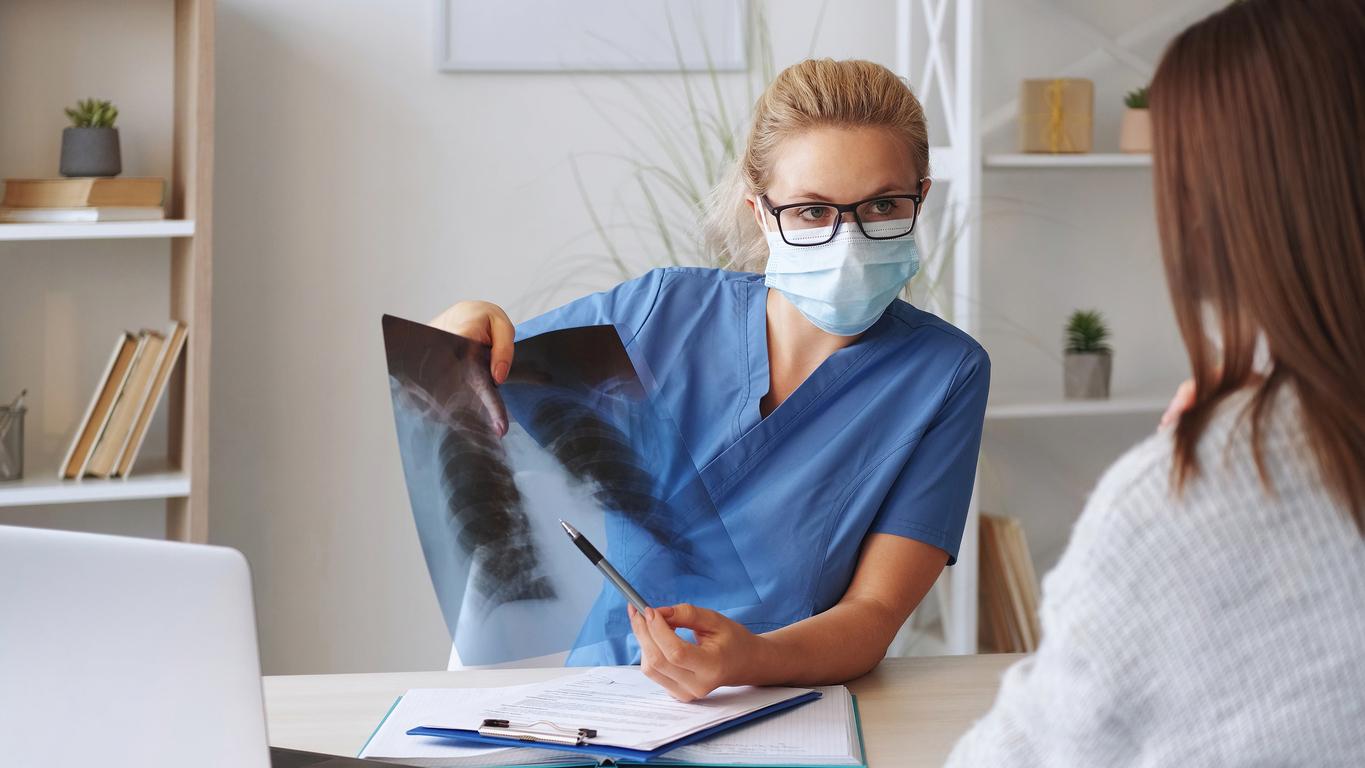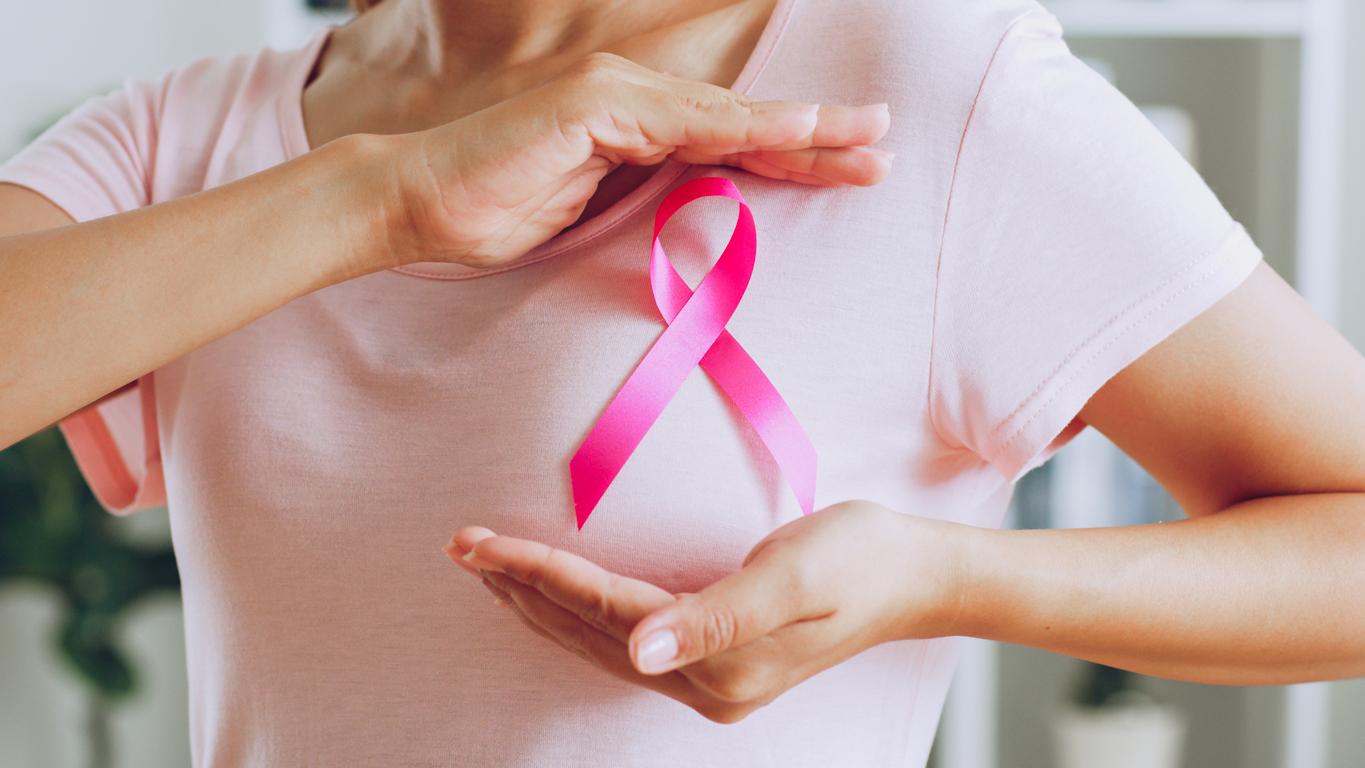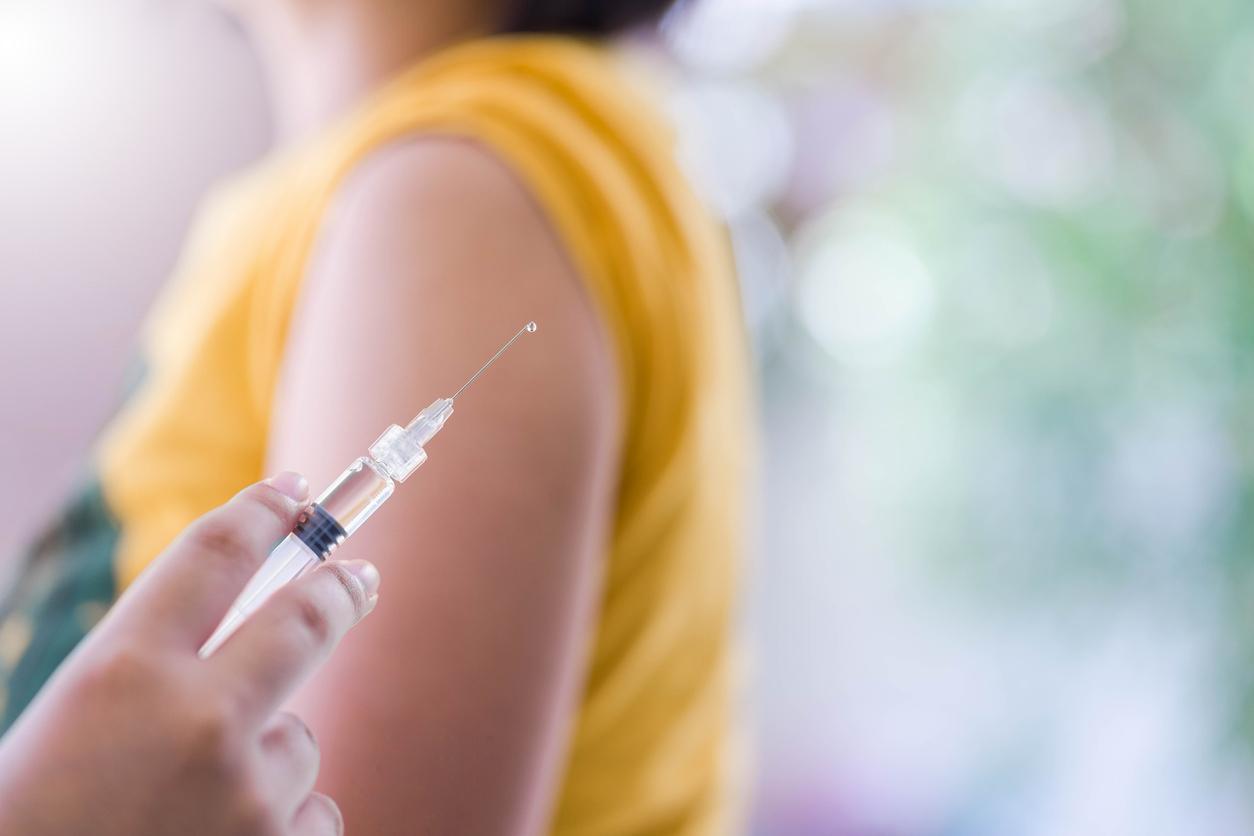Cervical cancer caused the death of 1,117 people last year, in particular because screening is too low in France. In order to strengthen it and target more women, the Haute Autorité de Santé recommends a test based on vaginal self-sampling.

Cervical cancer is a disease that develops on the mucous membrane of the cervix, the tissue that covers it. It is mainly caused by a persistent infection with the human papillomavirus or HPV, a virus that is transmitted sexually. Last year in France, this affliction caused the death of 1,117 people and 2,920 cases were diagnosed, according to the Weekly epidemiological bulletin of Public Health France published on September 17. However, this cancer could be easily avoided if it were better detected, deplore the specialists. Because if at present, the health authorities strongly advise screening by cervico-uterine smear every three years for all women aged 25 to 65, only 62% of them follow these recommendations.
“Of all cancers, that of the cervix is the one that can be most effectively controlled by screening, which allows the detection and treatment of precancerous lesions, thus preventing its development”, explain Françoise Hamers (Public Health France ) and Anne-Sophie Woronoff (French network of cancer registries) at Slate.
This is why, in the last BEH, Santé Publique France pleads for an improvement in screening. To enhance the effectiveness of the smear, the High Authority for Health (HAS) also recommended, in July, an additional test to look for the DNA presence of viruses in women over 30 years old.
Results between one and three weeks later
“In women over 30, this test is clearly more effective in reducing the incidence of cervical cancer. In addition, in the event of a negative test, the use of the HPV test makes it possible to extend the interval between two screenings, from every three years to every five years after the age of 30. On the other hand, before this age, it is not recommended because this type of transient infections are very frequent in young women Their detection would in fact expose them to inappropriate treatment, thus increasing the risk of complications during subsequent pregnancies”, explain Françoise Hamers and Anne-Sophie Woronoff.
Another advantage and not the least: this test can be performed from a vaginal self-sampling (APS). The HAS recommends it especially for women who do not get screened regularly, who are far from the healthcare system or never have time to go to the gynecologist. It should be noted, however, that this is not a self-test with immediate results but a self-sampling, the results of which will be obtained after analyzes between one and three weeks later.
As explained Slate, this method had already been successfully tested in 2014 by a French team of doctors and virologists led by Professor Alain Goudeau and Doctor Ken Haguenoer. “We started from the observation that about 50% of women do not, or not often enough, have their smear. Some have access difficulties or reluctance regarding this examination. Studies had also shown that this test was a possible alternative to the smear as a screening test for cervical cancer”, explains Dr Haguenoer.
And to specify: with self-sampling, “we then carried out a first study, which proved conclusive. A second followed, to see if women who did not carry out their smear responded better to an invitation to carry out a self-sampling sent to their home, rather than a reminder encouraging them to call on a professional. This study was also conclusive”.
“Women are tired of smears”
At present, the National Cancer Institute (Inca) finances research projects and medico-economic studies on this test. “Women are tired of smears. Many of us wonder about the legitimacy of continuing to impose them every three years, when they could practice self-screening. establish”, explained also Pr Israel Nisand, president of the National College of French Gynecologists and Obstetricians (Cgnof) to the website Medscape this summer.
Remember, however, that the best way to avoid developing cervical cancer is still vaccination against HPV. In France, it is now recommended for all girls aged 11 to 14, with a possible catch-up between 15 and 19, as well as for men under 26 who have sex with other men.
However, this vaccination remains poorly organized. The injection is mainly prescribed by general practitioners and despite regular advertising incentives and WHO recommendations, the rate of complete vaccination coverage for 16-year-old girls barely exceeds 20% in France. Either one of the lowest rates in the countries that recommend it.
“The establishment of an organized vaccination program in schools, as exists in many countries such as Australia, Canada or Sweden, would increase vaccination coverage”, explained Catherine Sauvaget and Elisabete Weiderpass. , researcher and director of IARC, the WHO specialized agency for cancer research, at France News a few weeks ago. In March, a collective bringing together Academies of Medicine, Colleges and Unions also launched an appeal to the public authorities to extend the vaccine to all boys from the age of 9.

.















